Conductor Busbar Systems For Cranes
Conductor bar systems for cranes have been used for many years as a way to safely and efficiently electrify cranes. While other methods of crane electrification are available, conductor bars remain one of the most popular and reliable options. This article will discuss the basics of conductor bar systems for cranes, including how they work and some of their benefits. We will also look at some of the different types of conductor bar systems available on the market today.
Got a question?
Talk to the experts today, get the support that speaks your language...
What are some of the benefits of using a conductor bar system?
Some of the benefits of using a static busbar system include:
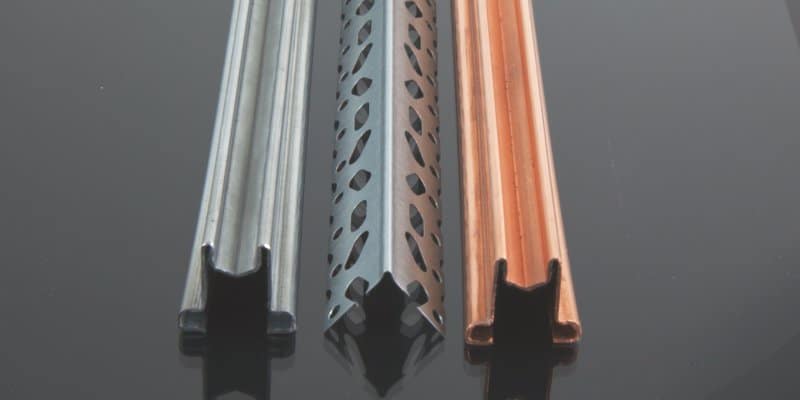
What are the types of conductor bars?
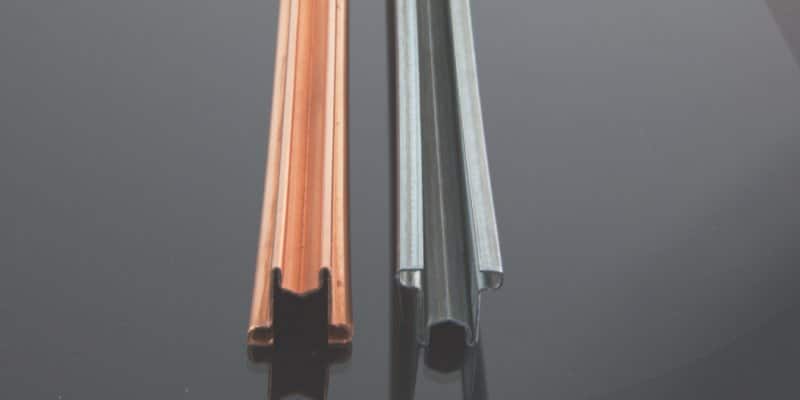
There are two main types of conductor bars are used for crane electrification: solid and hollow. Solid conductor bars are made from a single piece of metal, typically aluminium or copper. Hollow conductor bars, on the other hand, have a tubular design and are usually made from aluminium or stainless steel. Each type has its own advantages and disadvantages that should be considered when choosing a system for your crane.
Solid conductor bar systems are typically less expensive than their hollow counterparts and are easier to install. However, they are not as durable as hollow conductor bars and can be more susceptible to damage from impacts or corrosion. Hollow conductor bar systems, on the other hand, are more expensive but offer outstanding durability and resistance to damage.
How do overhead electric cranes receive power?
There are four main ways that overhead electric cranes can receive power:
Conductor bar systems are the most popular method of powering overhead electric cranes.
These systems consist of one or more metal bars that are mounted above the crane and connected to the power source.
The crane is then able to draw electricity from the bar, which powers the motor and allows the crane to operate.
Conductor bar systems are typically used in industrial settings where there is a need for high-capacity lifting and large working areas.
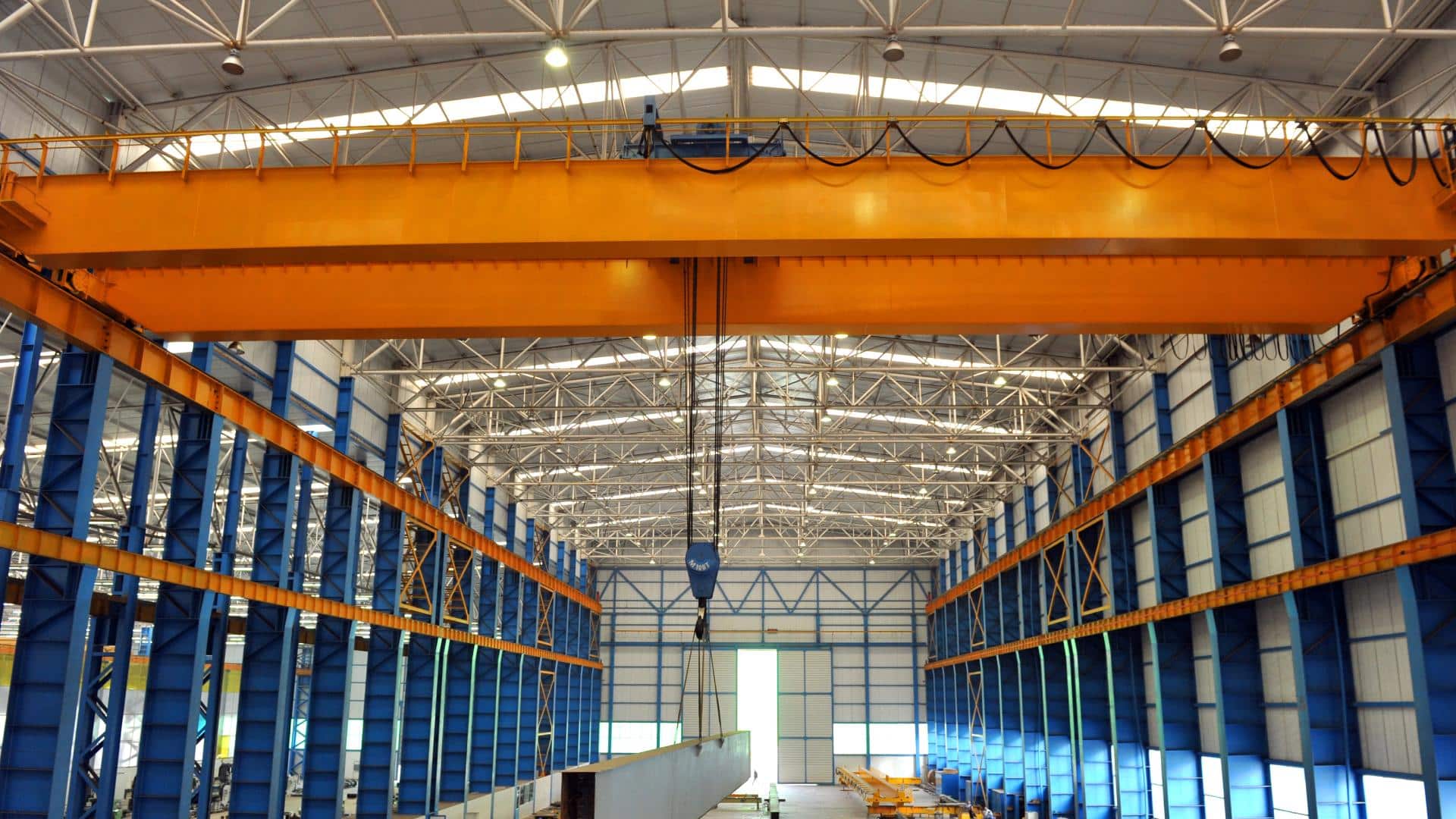
Components of a crane conductor bar system
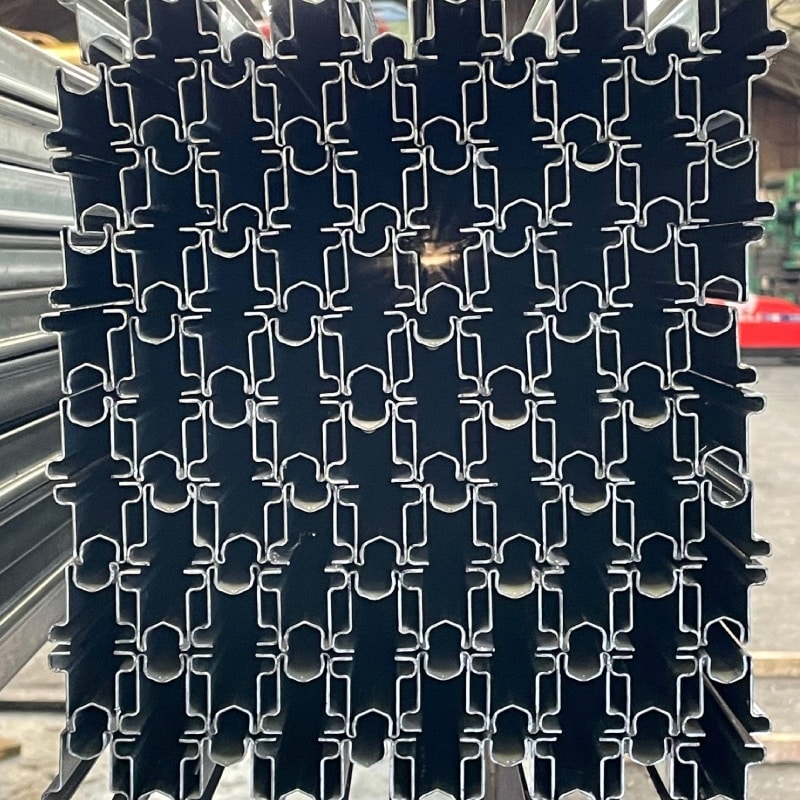
A typical crane conductor bar system is made up of the following components:
The power feeds can be either AC or DC. The most common crane conductor bar system type uses AC power because it is easier to generate and distribute than DC power. However, some applications require the use of DC power, so it is important to consult with an expert before deciding which type of system to use.
Conductors are typically made from aluminium or copper. Aluminium is a more economical choice, but it is not as durable as copper and can be damaged more easily by corrosion. Copper is more expensive but more durable and less likely to be damaged by corrosion.
The ground bars are usually made from steel or another conductive material. They provide a path for the current to flow back to the power source, preventing shorts and protecting against electrical hazards. Insulators are typically made from porcelain or glass. They keep the conductors from coming into contact with each other or with anything else that might cause a short circuit.
Overall, conductor bar systems are a safe and efficient way to electrify cranes. They offer many benefits that make them an ideal choice for industrial applications. A conductor bar system may be the perfect solution if you are looking for a reliable and cost-effective way to power your overhead electric crane.
Alternative Crane/ Hoist Electrification Methods
When it comes to electrical wiring for vehicles, there are two main types of cable: conductor bar and festoon cabling. Both have their own advantages and disadvantages, so it can be difficult to decide which one is right for your business. Read on for some pros and cons of each type of cable, as well as some tips on how to choose the right one for your needs.
What is a Cable Festoon?
The first thing to know is that a cable festoon is not the same as a conductor bar. A conductor bar is a type of electrical wiring that uses metal bars to carry electricity from one point to another. Festoon cabling, on the other hand, uses insulated cables that are strung between two points.
Cable festoons are typically used for lighting and other applications where flexibility is important. That’s because they can be easily routed around obstacles and suspended from ceilings or other structures. However, they can also be used in areas where there is a lot of vibration, such as on construction sites or in factories.
Components of Cable Festoons
Cable festoons typically have three main components: the cable, the end supports, and the suspending system. The cable is the part that carries electricity from one point to another. It is typically made of copper or aluminum and is insulated with a PVC jacket.
The end supports are used to secure the ends of the cables. They can be made of metal or plastic and are often adjustable so that they can be moved up or down as needed. Finally, the suspending system is used to hold the cables in place. It can be made of metal or plastic and is typically attached to ceilings or other structures using hooks, clamps, or brackets.
Disadvantages of Festoon Cabling
There are also some disadvantages to using festoon cabling for electrical wiring. One disadvantage is that it can be more expensive than other types of electrical wiring. Another disadvantage is that festoon cabling is not as strong as conductor bar systems and can be damaged more easily. Finally, festoon cabling is not as efficient at carrying electricity from one point to another and can lose more energy as heat than other types of electrical wiring.
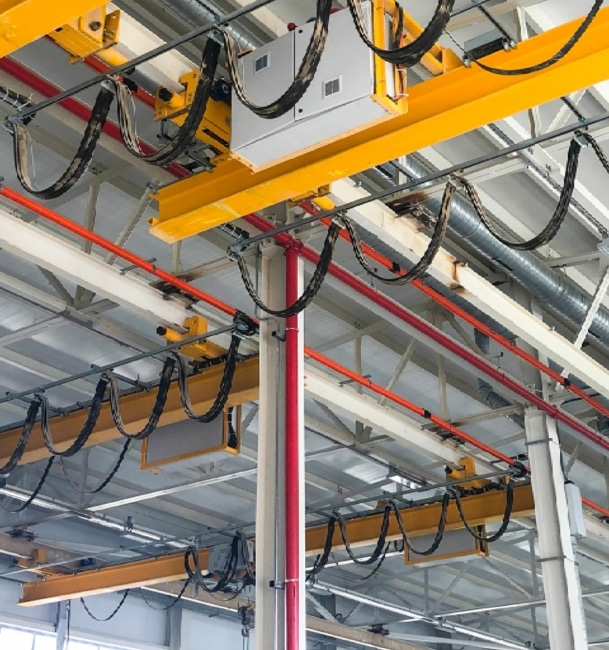
Conductor Bar System Vs. Festoon Cabling
Between a conductor bar system and festoon cabling, the conductor bar system is the better option for crane electrification. This is because there is less loose cabling, which reduces the chance of snagging or losing power through a loose connection. Additionally, conductor bar systems are easier to install and maintain, making them the safer and more efficient option.
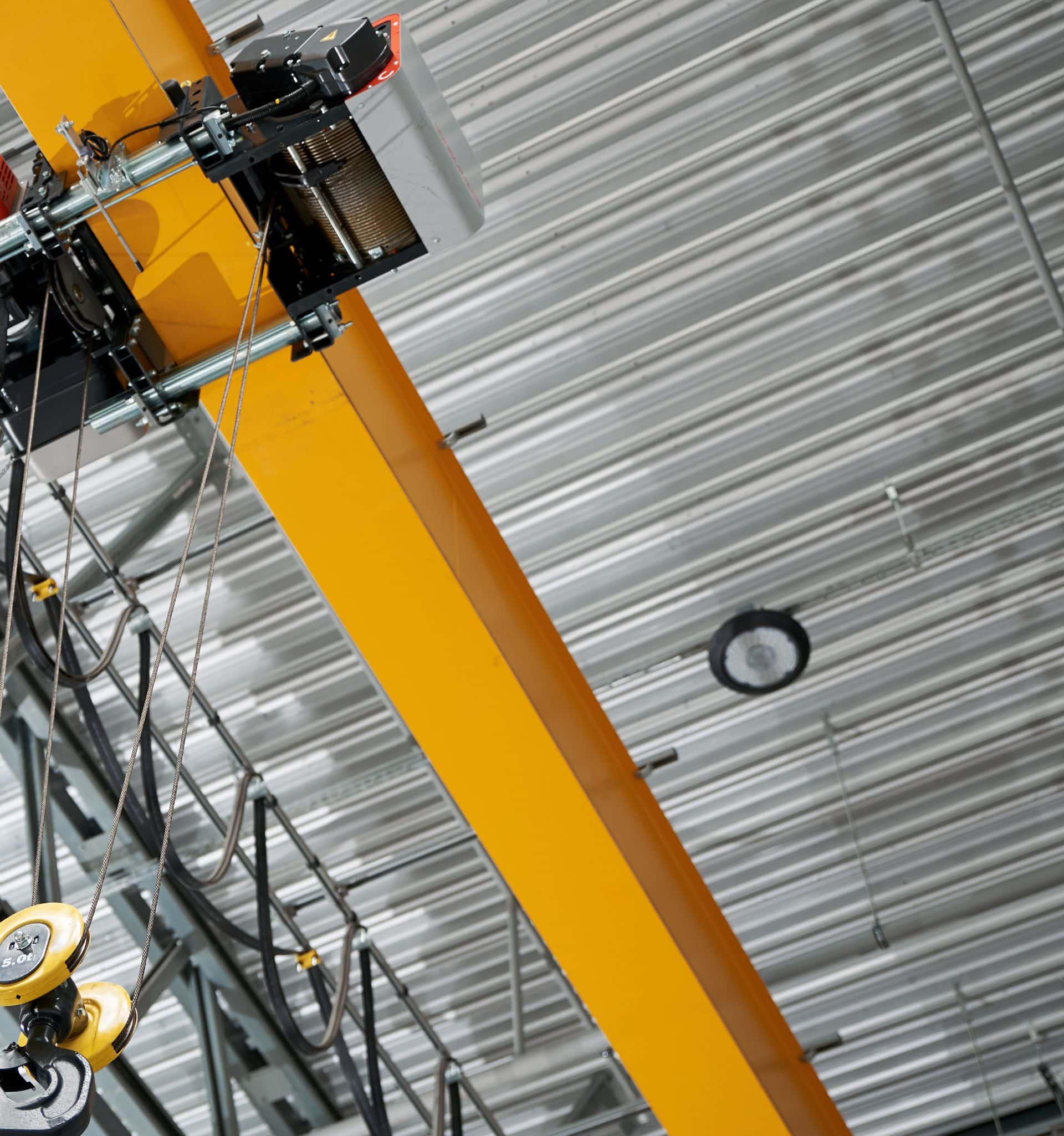
Advantages of Crane Conductor Bar Systems
There are several advantages of using conductor bar systems for electrical wiring. One advantage is that they are very strong and can support a lot of weight. This makes them ideal for use in industrial settings where heavy equipment is being used. Another advantage is that conductor bar systems are very efficient at carrying electricity from one point to another. In addition, they have low resistance, which means that they lose less energy as heat than other types of electrical wiring. Finally, conductor bars are relatively easy to install and maintain.
